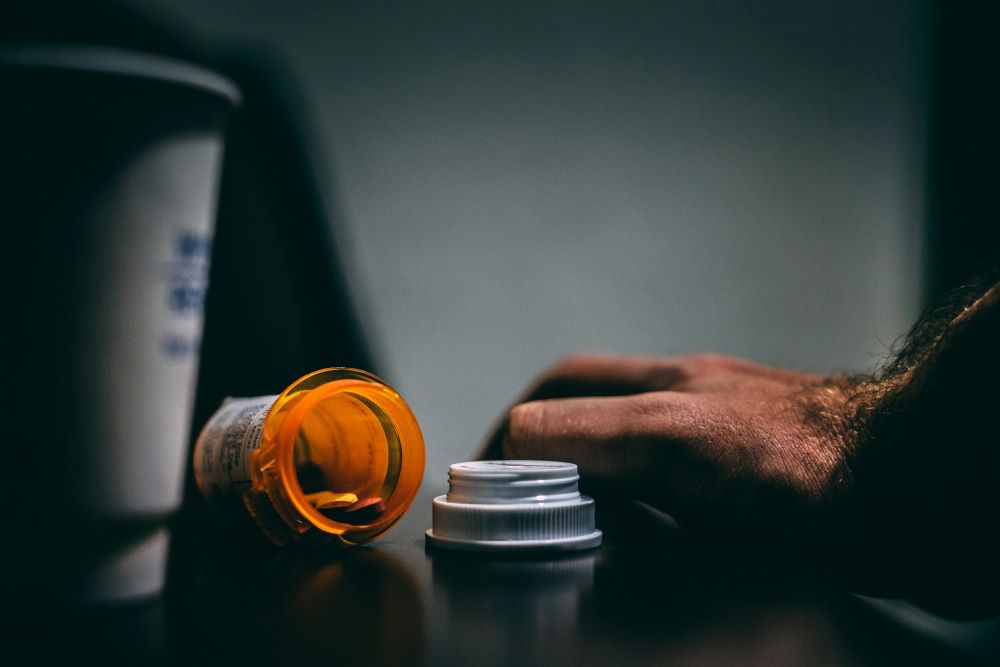Actively addressing barriers to access will help those with OUD have a better chance of recovery.
Despite the proven effectiveness of a crucial treatment, a new study published in the Canadian Medical Association Journal (CMAJ) reveals a shockingly low rate of its use following opioid overdoses, according to news reports. The research points to a critical gap in the healthcare system, leaving countless individuals vulnerable to future overdoses and preventable loss of life, due to a lack of life-saving medication.
Opioid use disorder (OUD) is a major public health crisis, with rising hospitalizations and deaths across Canada. Opioid agonist therapy (OAT), a medication that mimics the effects of opioids and reduces cravings, is recognized as the gold standard treatment for OUD. Studies show it significantly lowers the risk of overdose and death.
However, the CMAJ study paints a bleak picture. Researchers analyzed healthcare data from over 20,000 opioid overdose cases in Ontario between 2013 and 2020. Their findings are alarming: only 4.1% of patients received OAT within a week of discharge. This means that for every 18 individuals facing OUD after an overdose, only one received potentially life-saving medication.
“These results highlight critical missed opportunities to prevent future mortality and morbidity related to opioid use, despite connection to health care for many patients in the days after a toxicity event,” writes Dr. Tara Gomes, a researcher at ICES and St. Michael’s Hospital, part of Unity Health Toronto, with coauthors in a recent press release about the study.

The study also identified disparities in OAT initiation. Older patients, individuals with mental health diagnoses, and those living in lower-income neighborhoods were less likely to receive OAT. This raises troubling questions about accessibility and potential biases within the healthcare system.
While OAT initiation rates have increased slightly since 2016, the study found no significant surge following the release of national OUD management guidelines in 2018. This gap between recommendation and practice underscores the need for more than just awareness campaigns.
The researchers propose several solutions to tackle this crucial issue:
- Institutional OAT training: Equipping healthcare professionals with the knowledge and skills to prescribe and manage OAT confidently.
- OAT initiation protocols: Implementing standardized procedures to ensure consistent and prompt access to OAT for overdose survivors.
- Promoting awareness of referral resources: Connecting patients with dedicated addiction treatment programs that offer ongoing OAT and support.
The challenges are evident, as highlighted by a separate CMAJ article exploring the complexities of treating patients with multiple substance use disorders battling withdrawal and pain in hospital settings. However, the potential benefits of addressing these challenges are undeniable.
“Our research shows that there were substantial disparities in OAT initiation rates, with potential barriers to prescribing for older patients, those with mental health diagnoses, and those in the lowest neighborhood income quintile. Although OAT initiation rates have gradually increased since 2016, the release of the national OUD management guideline in 2018 was not independently associated with changes in this trajectory,” write the authors.
By bridging the gap between research and practice and actively addressing barriers to access, we can ensure that individuals caught in the grip of OUD have a better chance at a life-saving recovery and a future free from the threat of overdose. The lives we save by making OAT widely available are worth far more than any missed opportunity.
Sources:
Initiation of opioid agonist therapy after hospital visits for opioid poisonings in Ontario
Few patients receive opioid agonist therapy after opioid overdose, despite benefits


Join the conversation!